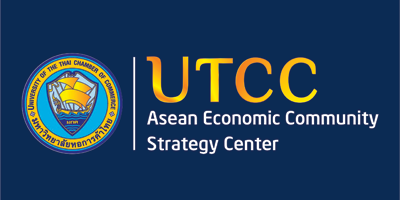Myanmar: Tax revenue increased by K203b for second half of fiscal year 2016-17
In the second half of the last fiscal year, from October 2016 to March 2017, receipts from taxes on oil and natural gas extraction and income taxes were lower than expected.
However, taxes on special goods and commercial tax including taxes collected from telecom operators was much higher than expected, totalling about K203 billion.
The Union Government had expected to receive a total tax revenue of K4370.870 billion (K4.3 trillion) in the second half of the last financial year but actual tax receipts amounted to K4573.903 billion (K4.5 trillion), according to a report circulated among lawmakers.
Fourteen of the 21 types of taxes collected by the government made increases in revenue, said the report.
Tax from telecom service operations – which is one of the major sources of tax – was expected to receive K90.8 billion in the second half but actual receipts was K349.5 billion – K258.6 billion more than expected.
The report said this increase in revenue resulted from taxes collected from telecom companies who won a tender for a 2600MHz spectrum and fourth telecom operator, as well as annual fees and spectrum management fees from MPT, Telenor and Ooredoo and commercial tax on mobile phone top-ups.
Moreover, taxes on special goods were also thoroughly collected in accordance with the Special Goods Tax Law which took effect on April 1, 2016 – taxes on cigarettes, alcohol and wine were collected at fixed rates. Taxes on these items were initially expected to receive K507.2 billion but actually reached K636.3 billion – an increase in more than K129 billion.
Similarly, receipts from commercial taxes also increased, K73.35 billion more than expected in the second half of last fiscal year, the report said. Initially expected to receive K1267.478 billion, the actual receipt was K1340.835 billion.
The report said state-own enterprises paid taxes altogether and for services they bought in 2014-15 and 2015-16 fiscal years, which contributes to another increase in tax revenues.
Another type of tax on vehicles, driving licenses and car business licenses also increased by an unexpected K40.7 billion as a result of an increase in number of imported cars, applications for driving licenses, initial motorcycle registrations and an annual renewal of initial vehicle registration. The vehicle tax was initially expected to receive K129.6 billion but turned out to be K170.4 billion.
Although some goods have been given licence exemption, more taxes were due to car permit businesses. However, it did specify how many taxes had been collected from car permit business – the projected tax was K3.09 billion but the actual tax collected was K3.92 billion.
That is why K829 million more than the earmarked amount was collected.
Other kinds of taxes that had been collected more than the earmarked amount were state lottery tax (about K128 million), tax related to tourism, custom duty, land revenue, minerals extraction tax, fishery tax and minerals and jewelleries tax, among others.
Income tax collected, however, was lower than the project amount.
Although K1.67 trillion was expected for tax collection, the actual amount was K1.50 trillion, K175.2 billion below the earmarked amount.
“The amount of tax received has decreased as tax exemption has increased and the amount of tax received from other kinds of businesses has decreased, according to Union Tax Law 2016,” the report said.
Although the earmarked amount of taxes levied on extracting oil and natural gas is K363.23 billion, the amount of tax collected was K228.04 billion, K135.19 billion lower.
Moreover, as less royalty fees had been received for free power from Shweli 1 and Tarpain 1 hydropower stations from September 2016 to March 2017, the free power fee, which had been collected due to power production from water resources , had been reduced by K609 million below the earmarked amount. The earmarked amount of that fee is K6.02 billion and the amount of tax collected is K5.41 billion.
Other kinds of taxes which had been collected below the earmarked amounts were forest products taxes, water taxes, stamp duty and excise taxes. In excise taxes, some businesses have paid excise taxes for the whole year during the first half of the year. That partly explains why the actual amount was less than the projection.
The Union Government reports the numbers of tax collection twice a year. It reports once in the first half of the fiscal year and again during the second half.
The second half of the year report has been distributed to and circulated among Hluttaw representatives on June 28.
Hluttaw lawmakers were informed that this report will be tabled for debates and discussion for a Pyidaungsu Hluttaw session on July 4.
Source: http://www.mmtimes.com/index.php/business/26683-tax-revenue-increased-by-k203b-for-second-half-of-fiscal-year-2016-17.html


 Thailand
Thailand




